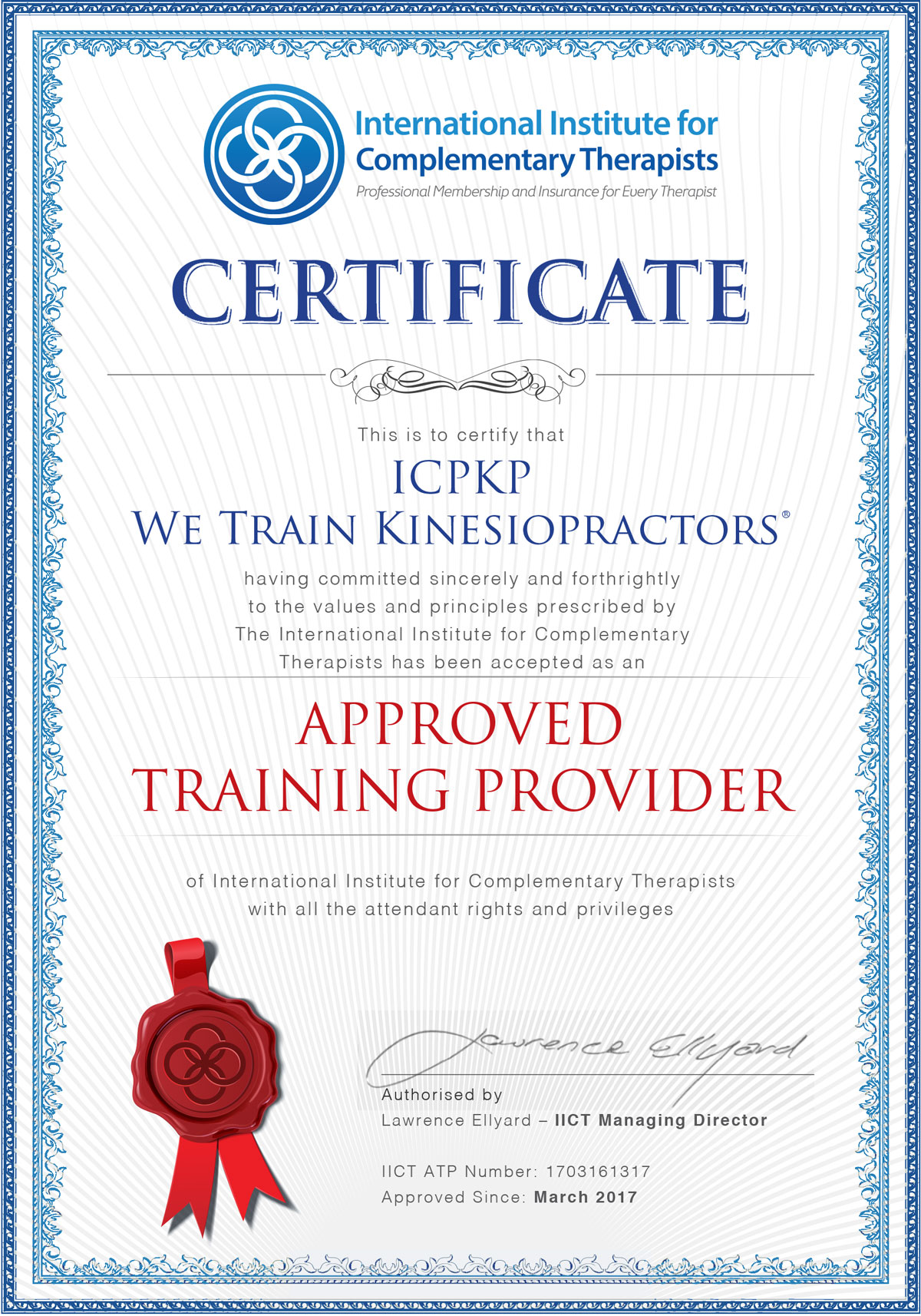HMR201-en
Hypertonic Muscle Release Basic
This first of 3 units devoted to the study of hypertonic muscle release (HMR) begins with reviewing the history and methods of Proprioceptive Neuromuscular Facilitation (PNF) which aims to develop hidden potential through muscular (re) education. You will discover how the modern HMR technique evolved from this early work and learn how to test for and to release over-tight muscles in various regions of the body.
This unit concentrates on specific muscles of the shoulder and hip regions, working in a gentle passive manner similarly to PNF but with the added safety factor of precision muscle testing. The study of hypertonic muscle release can enable you to safely and comfortably release overtight muscles in athletes and other clients.
Once you have completed this unit will understand the development and process of this technique and be able to use proprioceptive reset to reduce hypertonicity in muscles of the shoulder and hip regions including the hypertonic emotional metaphor. You will be able to teach clients the use of basic self-correction exercises, define terminology, describe indications, precautionary measures and causes of muscle hypertonicity
Elements of Learning:
- History
- Definition and benefits
- Symptoms and causes
- Basic technique, including precautionary measures
- Postural Stress Release
- Hypertonic emotional component
- Movements of the upper and lower limb
- Muscles of the upper limb grouped according to function
hypertonic muscle release of specific muscles of the shoulder:
deltoids, supraspinatus, subscapularis, infraspinatus, teres minor, teres major, latissimus dorsi, pectoralis major, pectoralis minor, biceps brachii, triceps, coracobrachialis, serratus anterior, rhomboids, trapezius middle and lower. - Muscles of the lower limb grouped according to function hypertonic muscle release of specific muscles of the hip:
quadriceps, adductors, pectineus, hamstrings, gluteals, tensor fascia lata, iliopsoas,
thigh rotators (piriformis, obturators, gemelli, quadratus femoris) - Integrating HMR into PKP balances – St #71/2b
- Protocol for using HMR
application for tasks and activities at home, work, sport, gymnastics and rehabilitation - Self-correction exercises
- Muscle names and meanings
- Utilise all techniques learned to date within the PKP Balancing Protocol
Prerequisites:


